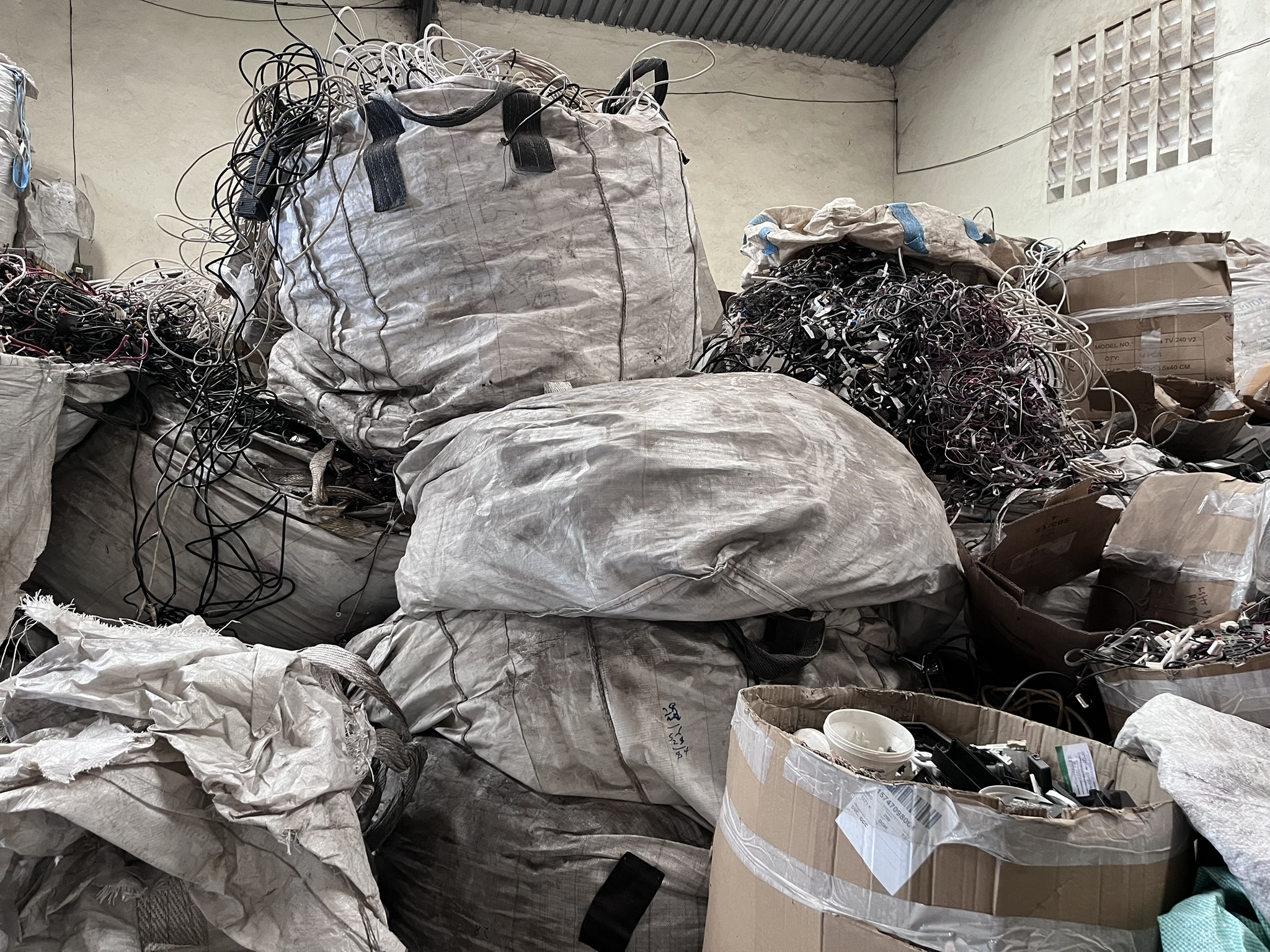Sub-Saharan Africa is facing some of the world’s harshest climate consequences, threatening food security, water access, health, and regional stability.
From longer droughts and erratic rainfall to floods and heatwaves, climate change is altering daily life, economies, and the future of millions in the region.
1.Growing Hunger and Food Insecurity
Agricultural systems largely rain-fed are buckling under extreme weather patterns. Crops like maize, millet, and sorghum are increasingly failing due to irregular rainfall and prolonged droughts. According to the UN Food and Agriculture Organization (FAO), over 868 million people in Sub-Saharan Africa face food insecurity, a number expected to rise with further warming.
In the Sahel and Horn of Africa, recurrent droughts have decimated livestock populations and pushed pastoralist communities into crisis. Farmers in Ethiopia, Kenya, and Somalia report losses of up to 90% of their herds due to lack of water and pasture.
2.Water Stress and Conflict
Water scarcity is intensifying across the region, fuelling local conflicts and displacement. Rivers like the Niger and Lake Chad are shrinking due to prolonged dry seasons and high evaporation rates. Lake Chad, for example, has lost over 90% of its size since the 1960s.
Increased competition for water and grazing land has worsened tensions between herders and farmers, particularly in Nigeria, Mali, and South Sudan. These conflicts, often described as resource-driven, are further complicated by ethnic and political grievances.
Also Read: How Climate Change Is Disrupting Africa’s Existing Energy Infrastructure
3.Health Impacts and Rising Diseases
Warmer temperatures and increased humidity have led to the spread of disease-carrying insects and waterborne illnesses.
Malaria and dengue fever are now appearing in regions that were once too cool or dry for mosquitoes to thrive. Cholera outbreaks are also rising due to contaminated water supplies following floods and poor sanitation infrastructure.
Children and the elderly are most at risk, with heatwaves also contributing to respiratory illnesses and dehydration. The World Health Organization (WHO) warns that climate-sensitive diseases could overwhelm weak healthcare systems in parts of Sub-Saharan Africa.
3.Climate Migration and Urban Pressure
Millions are being forced to leave their homes due to environmental degradation.
Rural communities suffering crop failure or desertification are migrating toward urban centres or across borders. Cities like Lagos, Nairobi, and Addis Ababa are experiencing population booms that strain infrastructure, housing, and public services.
According to the Internal Displacement Monitoring Centre (IDMC), over 7 million people in Sub-Saharan Africa were internally displaced by climate-related disasters in the last three years alone.
Also Read: Kenya Introduces Plan to Generate 240,000 Green Jobs by 2030
4.Energy and Economic Implications
Climate change is also disrupting energy production and economic growth.
Hydropower, which many Sub-Saharan African countries rely on, is vulnerable to drought. The Zambezi River, for instance, has seen water levels too low to sustain power generation at the Kariba Dam, affecting Zimbabwe and Zambia.
At the same time, rising temperatures reduce labour productivity in outdoor sectors like construction and agriculture. The African Development Bank estimates climate change could cost African countries 2-4% of GDP annually by 2040.
Governments and communities are not standing still. From climate-smart agriculture in Rwanda to tree-planting projects in the Sahel, adaptation efforts are underway.
International initiatives like the Great Green Wall aim to restore 100 million hectares of degraded land across Africa by 2030.
Renewable energy is also gaining traction. Countries like Kenya and Ethiopia are investing in wind, solar, and geothermal to reduce reliance on vulnerable hydroelectric sources.
While Sub-Saharan Africa contributes less than 4% of global greenhouse gas emissions, it is among the most vulnerable to climate impacts.
Without substantial global support and local investment in adaptation, the region risks deeper poverty, instability, and humanitarian crises.






